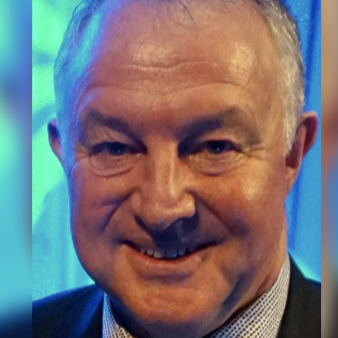Saf delivers up to an 80% reduction in carbon emissions across its life cycle compared with jet fuel made from fossil fuels.
It releases the same amount of carbon as regular jet fuel when burned in an aircraft engine, but has lower life-cycle carbon emissions because it is made from materials other than fossil fuels.
Air New Zealand chief sustainability and corporate affairs officer Kiri Hannifin said all airlines urgently need to move away from a high reliance on fossil fuels.
“Securing year on year higher volumes of Saf is critical.”
Hannifin said it was time for the Government to introduce a mandate, as other countries such as Britain and those in the European Union and parts of Asia have.
“We are seeing more and more governments overseas moving to enact low-carbon aviation policies to support their economies, so we’d love to see similar support here to ensure New Zealand isn’t left behind in the move to lower emissions fuels.”
In Britain, 2% of jet fuel must be Saf from next year, and this will increase to 10% in 2030 and 22% by 2040. Energy Minister Simeon Brown said the Government was ‘’fuel agnostic’‘, and this applied to aviation fuels.
The Government wanted to enable sustainable aviation fuel and work with the sector to remove practical barriers for its uptake. But it would not be compulsory.
‘’The Government has no plans to be mandating its use, particularly as this will make aviation more expensive for passengers and freight,‘’ said Brown.
Saf costs between two and five times what JetA1 does.
Hannifin said momentum around Saf policy and production continues globally, with airlines, governments, airports and fuel companies moving towards alternative fuels at increasing pace, particularly in the Asia-Pacific region, which is “incredibly gratifying” for a South Pacific airline such as Air NZ.
“While we are doing what we can at a global and industry level, we also need supporting Saf policy in New Zealand, which may also pave the way for domestic production.”
The airline is targeting using 10% Saf by 2030 and has invested in two feasibility studies to understand if New Zealand production from feedstocks like woody biomass could become a reality.
“We’re pulling every lever available to us because sitting on our hands is not an option. The climate crisis is worsening, and we are responsible for changing the course of action to protect our natural environment for future generations.”
The International Air Transport Association announced earlier this month Saf production volumes reached 1.3 billion litres this year, double the 600 million litres produced in 2023.
Saf accounts for 0.3% of global jet fuel production and 11% of global renewable fuel.
This is significantly below previous estimates that projected Saf production in 2024 at 1.9 billion litres, as key production facilities in the US have pushed out their production ramp-up to the first half of next year.
While other technologies such as battery and hybrid hydrogen-powered planes are being developed, Saf is regarded as the biggest lever available for aviation decarbonisation.
Global scenarios suggest 70-100% SAF will be needed by 2050 for governments to meet their collective goal of net-zero emissions from international aviation by 2050, Air NZ says.
Grant Bradley has been working at the Herald since 1993. He is the Business Herald’s deputy editor and covers aviation and tourism.
